This summer will mark 10 years since I very suddenly began my journey with dysautonomia. Although I try not to think about all of the symptoms all at once, it has and continues to change my life in drastic ways.
Some of those ways are good, like my illness being the impetus for starting Picture Birmingham, which has now donated nearly $60,000 to The WellHouse. Also, dysautonomia is what forced me to become a runner, because running helps with my symptoms a good deal, and on most days, running feels like a positive change.
But of course, living with a chronic illness has changed my life in a lot of less delightful ways, including directly effecting this blog, as my creative writing abilities nosedived. For years, it was painful for me to go back and read my writing from before dysautonomia, but I’ve come to the point where grateful that I was able to record Ali and Noah’s childhoods with such detail, and I love having them all printed in books, which they often read. If they ask me the specifics of a vague memory, I look up the date I wrote about it, and tell them to go read about it – after all, that’s going to better than my memory of the event.
In other downsides, I’ve had multiple surgeries and medical procedures as my dysautonomia has caused other issues in my body – at this point nearly all of my Optional Body Parts have been removed.
The thing about dysautonomia is that it’s always creating new and unexpected issues – the last few years has brought intense noise sensitivity and ear ringing (tinnitus) which greatly impacts my ability to go to restaurants, church, football games, and anywhere where there are sound inputs coming from multiple directions at once. I have an “ear kit” (various levels of ear protection) to help me with this, but it’s still frustrating and much more life-altering than I’d like it to be.

The book is a memoir about the author’s own struggle with chronic illness, her difficulty in getting the right diagnosis, her struggle with unbelieving and/or uncaring doctors (something that all women with illnesses have experienced), as well as her intense research about the drastic increase of chronic illnesses, especially in women. As she is bedridden from her own (quite extreme) illness, she sets out to figure out why so many of us are sick with autoimmune disorders, nervous system disorders, fibromyalgia, and all of the things us women (and some men) are sick with. As she takes some extreme and desperate paths to try to deal with her own illness, her research is incredibly insightful.
Obviously, neither the causes nor the solutions to our current health issues are simple – it’s complex, multi-faceted, and culturally systemic. But she finds out many helpful avenues to explore, and has great suggestions to heal our guts, our nervous systems, and our cortisol levels.
I was encouraged that I was already doing a lot of things right (such as exercise and a close community), but was inspired to do better with food. Her phrase for eating well is “JERF” – Just Eat Real Food – which is so much easier to insert into my life than all of the complicated elimination diets.
One facet that she spends a good deal of time on is the role of women in society, and their downplayed value in domesticity. Women’s traditional roles as the primary food preparers is the engine of society, and is in and of itself a worthy and industrious pursuit. I am a good cook, but I’ve always seen mealtime planning, and especially remembering to go to the grocery store, as a chore – not as the invaluable key to my family’s health. This book helped me direct my natural Type-A industriousness to providing good food for my family – an entire perspective shift that I needed.
Besides cooking more often and better foods, I made two big changes that have ended up being very fun.
- I have been making sourdough bread for several years, but I bought a flour mill and began milling my own flour. I also ordered a new sourdough starter that is a truer sourdough and doesn’t use any sugar in the process.
- I began making my own Kombucha, of which I have already given you all the slippery details.
Both projects have felt more like crafting than cooking, and have given me something in which to direct my creative passion.
I began reading about the benefits of fresh-milled flour, and I was blown away by what I didn’t know. I knew that traditional store flour had all sorts of preservatives and additives in it, which is a large cause of our societal gluten sensitivity. But I hadn’t realized that flour loses all of its nutritional value (and, I learned, all of its amazing flavor) within a few weeks of milling. Also, in commercial flour, even whole wheat, the part of the wheat that helps us process gluten is removed, further adding to the gluten sensitivities. Fresh milled flour is full of the nutrients we need, and has the actual whole grain included in the flour, thereby helping us process gluten more efficiently.
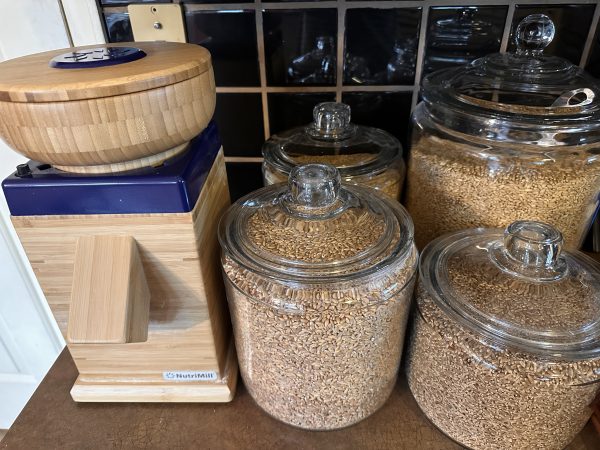 I bought this mill and began ordering three different kinds of wheat berries – all through Amazon but from small farms – hard white wheat, hard red wheat, and spelt. It took me a while to get my proportions right, and to learn the differences in rising and baking, but the flavor of the freshly milled wheat is incredible. It has a richness and nuttiness that is unlike any bread I’ve ever tasted.
I bought this mill and began ordering three different kinds of wheat berries – all through Amazon but from small farms – hard white wheat, hard red wheat, and spelt. It took me a while to get my proportions right, and to learn the differences in rising and baking, but the flavor of the freshly milled wheat is incredible. It has a richness and nuttiness that is unlike any bread I’ve ever tasted.
I’ve also experimented with using the fresh-milled flour and sourdough starter for banana bread, pretzels, and the family favorite, pancakes.
I also got a pasta maker that does all the mixing and shaping for me, and I’ve been making my own pasta with my freshly milled flour. It has all of the satisfaction of a play-doh extruding machine.
I even got the biggest compliment a cook can get from a twelve-year-old boy. When I asked Noah what he thought of my pasta, he said “tastes like noodles to me.”
I did experiment with a friend with gluten sensitivity, to see if she could actually eat my bread without issue, and she could not – she was symptomatic after eating a few slices of fresh-milled wheat bread. So I certainly am not claiming that this bread solves gluten sensitivity issues (though it supposedly can for some, per the marginally-trustworthy internet), but the nutritional value is greatly increased, and the taste is incredible – it has a richness and nuttiness to it that I’m kind of addicted to.
And I know it sounds like it would be expensive, but with bulk wheat berry buying and watching for deals, I’ve gotten my per-loaf cost down to $1.70 (because I’m an accountant and it makes me happy to figure out such things.) $1.70 for a homemade, fresh-milled wheat sourdough loaf seems fair to me.
Specific changes like adding fresh-milled wheat and kombucha to my diet have helped, but I think the overall view that food is important, and preparing healthy food is a valuable and productive use of my time, is the more impactful takeaway.
These food changes, along with changing to liquid supplements for greater absorption (I take Magnesium and Tart Cherry at night to help with sleep and to keep from taking melatonin, and I take Turmeric, Green Tea Extract, Collagen, Glucosamine, and L-Carnitine to help with joints, detoxification, and skin and hair) have made a significant impact on my overall health and energy. Last year, I didn’t run the Lake Martin 27 mile run that I had run three times prior, because I didn’t feel like my body could handle it. It was a discouragement at the time, because I felt like my dysautonomia was degenerative. But this year, not only did I feel perfectly confident to sign up again, I also knew that I’d beat my best prior time – and despite starting in a thunderstorm and the entire course being soaked, I did beat my time by 18 minutes!
It’s an encouragement to know that there are things I can do to feel better. I don’t have control over everything, but I can have hope that by knowing my own body and feeding it good things, I can feel better.

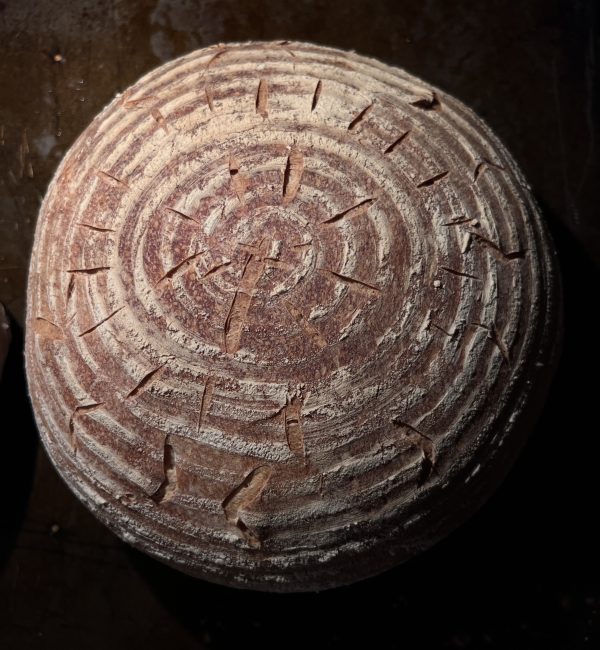
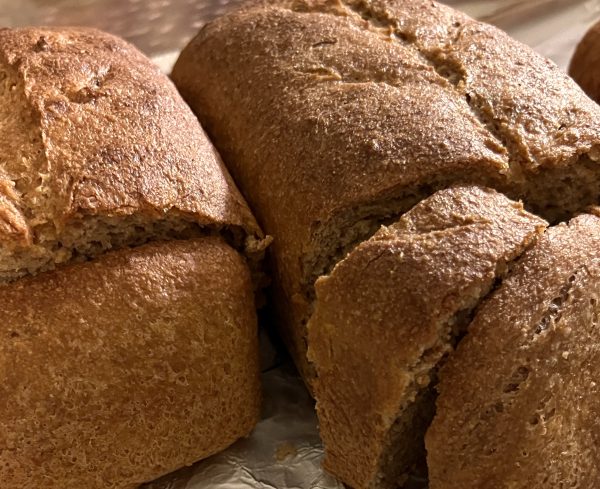
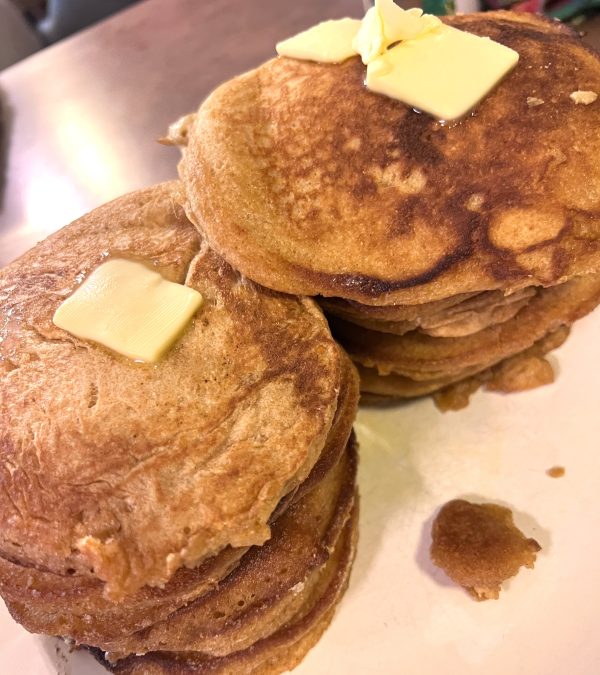
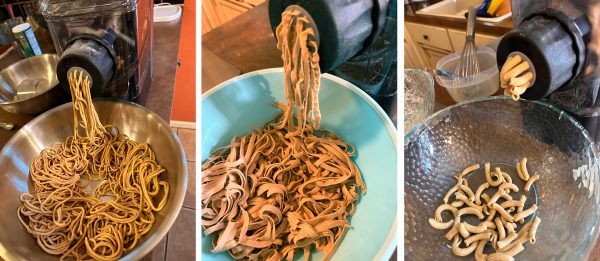
Rachel, I have loved your writing for years! (I remember the jeans post!) It is encouraging to hear how you have learned some new things that are helping you. I have been milling flour for our bread for 20+ years. Now our grandkids are eating Grandma’s bread. It’s so fun. Whole wheat sourdough is still a work in progress….I am getting there.
Can you point me where to read about the mag/tart cherry juice for sleep? I take melatonin more than I’d like to!
Blessings on you.
So glad to hear that you are seeing some positive results. Food really is medicine! One of the websites that has really helped me figure out sourdough, and use it in a greater variety of ways, is farmhouseonboone.com. I have also felt a lot better when eating the majority of my bread products homemade with home milled flour, and most of them sourdough.
Thanks for this Rachel, I just bought a copy of the book for my daughter.